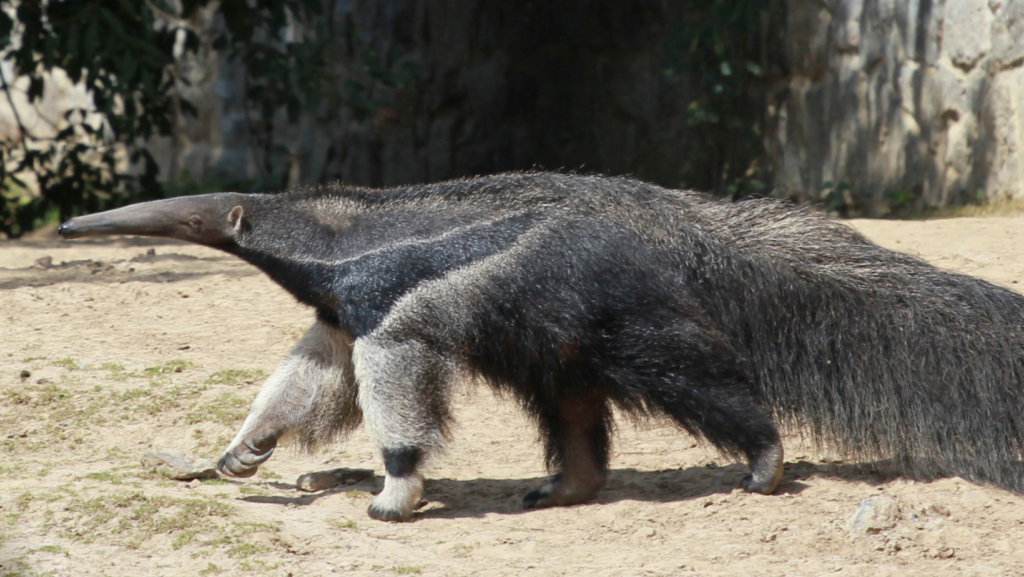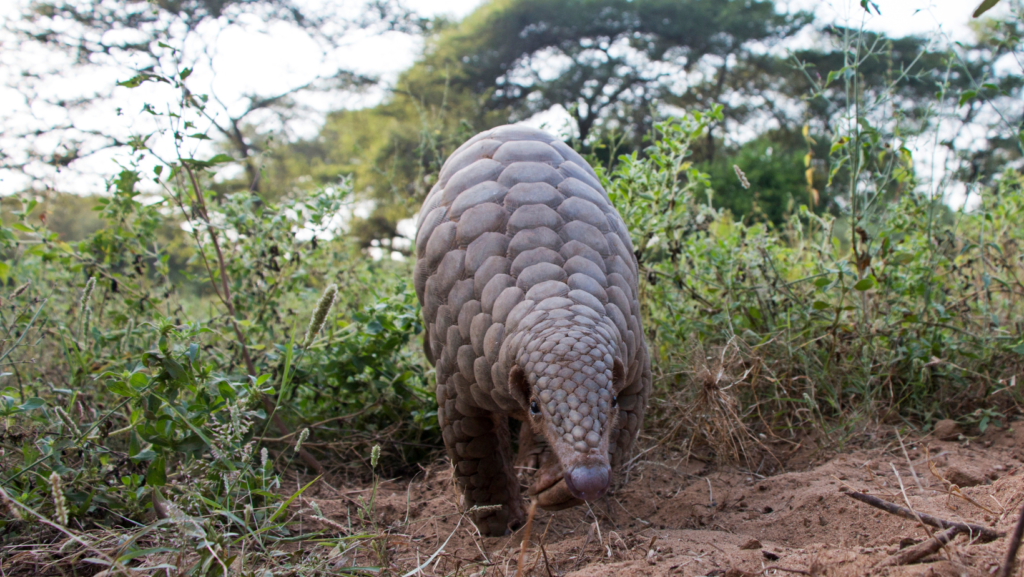Birth:

The life of an anteater begins with the birth of a tiny, helpless cub. Typically, anteaters give birth to a single offspring, although twins are rare. The mother carries the baby in her womb for about 190 days before giving birth. The newborn anteater is remarkably well-developed, equipped with a keen sense of smell and a long, sticky tongue, which are essential tools for survival.
Growth and Development:
During the early stages of life, the anteater cub clings tightly to its mother’s back, where it finds refuge and safety. As it grows, the young anteater learns to forage for ants and termites, its primary source of nutrition. The mother plays a crucial role in teaching her offspring essential skills, such as locating anthills and using the specialized snout and tongue to extract insects.
Life and Habitat:

Anteaters are native to the Americas and are primarily found in tropical forests, grasslands, and savannas. They are well-adapted to their surroundings, with long claws for digging into termite mounds and anthills and a sleek, slender body that allows them to move quickly through the vegetation. Anteaters are solitary creatures, preferring a solitary existence as they roam their territories in search of food.
Food and Feeding Habits:
The diet of an anteater is exclusively composed of ants, termites, and other small insects. With its specialized snout and tongue, an anteater can consume thousands of ants in a single day. The long, extensible tongue acts like a sticky straw, quickly lapping up the insects from their nests. The anteater’s strong claws are used to tear open termite mounds and anthills, exposing the insects within.
Reproductive Behavior:
Anteaters reach sexual maturity at around two to four years of age. During the mating season, which varies among species, males may compete for the attention of females. Once a pair forms a bond, they may stay together for an extended period or only for the duration of the mating season. After a gestation period of approximately six months, the female gives birth to a single cub, starting the cycle anew.
Death:
The lifespan of an anteater varies among species but generally ranges from 10 to 15 years in the wild. Threats to their survival include habitat loss, human encroachment, and the occasional encounter with predators such as jaguars and large snakes. While anteaters are generally elusive and avoid confrontations, they may face challenges in their environment, impacting their longevity.
In the intricate web of life, anteaters play a vital role in controlling insect populations, contributing to the balance of ecosystems. Their unique adaptations and behaviors make them fascinating creatures that continue to captivate the imagination of those who study and appreciate the diverse wonders of the natural world.

